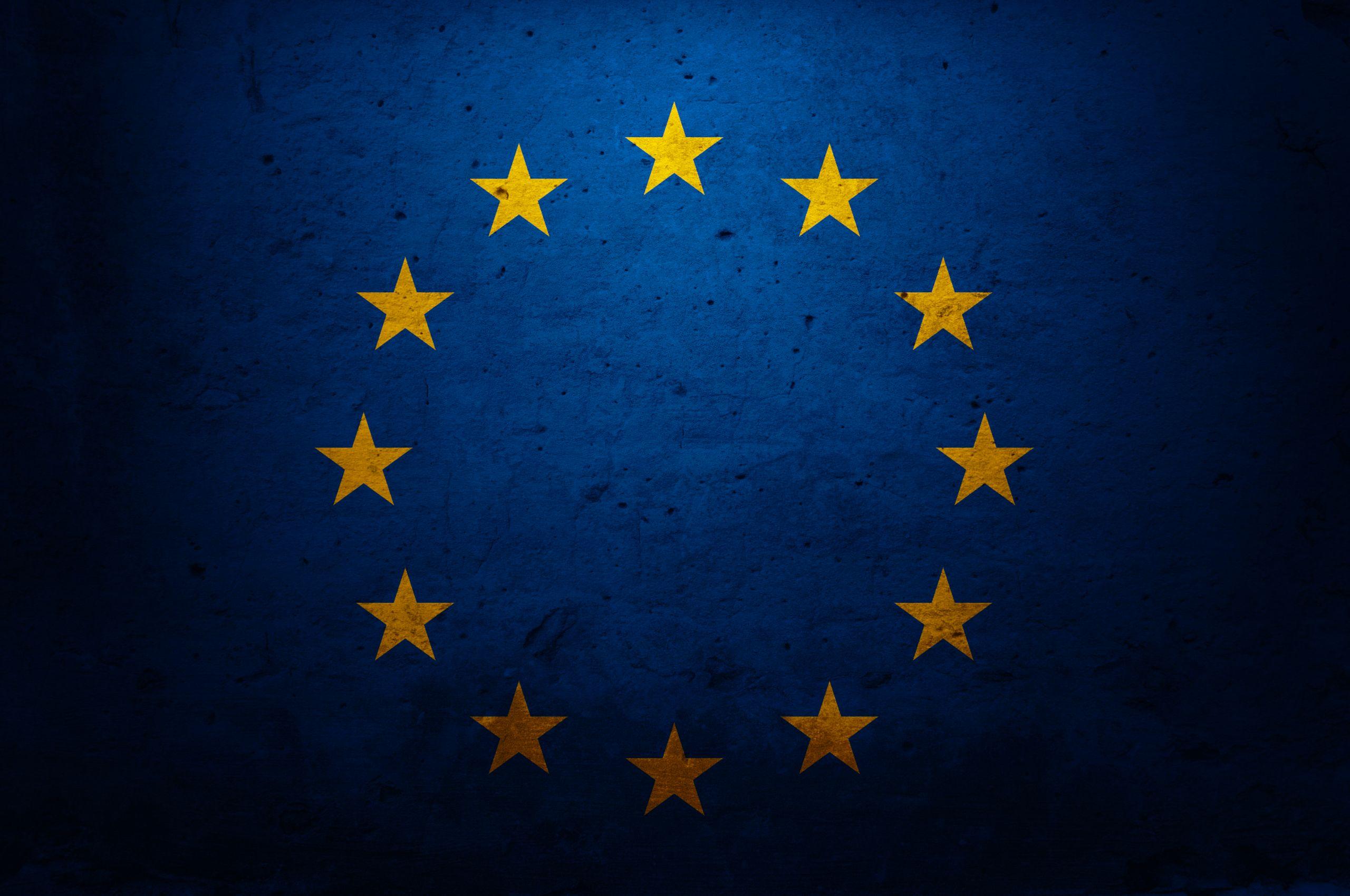A summer of heat, fire and drought has pushed climate change into the consciousness of many Europeans — including our readers.
Every month we ask POLITICOs across the bloc to tell us how they are experiencing Europe’s changing climate.
If you’d like to share your own experience, let us know here.
Fires and smoke in France and Italy
France has lost 62,000 hectares to fire so far this summer. Huge blazes hit the Gironde region of the west coast, where Guy Duffaud lives. “From our shore we can see South of Arcachon, the wooded dunes that separate the bay from the burning forests,” he said. “We even got ashes falling on us once, across the bay. Regularly the smell came. One night we saw the flames behind the dunes as we heard the propane tanks of the camping [ground] behind the dunes explode one by one — war zone like.”
Allison Duval, who lives in nearby Bordeaux, is worried about the effect on air quality. “We have felt a burning in our lungs and eyes,” she said. On the hottest days of the summer, which saw many temperature records fall in France, “schools and nurseries do not have AC either; we were therefore strongly advised to take our young children out of school due to the serious threats of these temperatures. It has had a very visible and constant negative impact on our overall well-being. I genuinely fear the state of our planet for our children and future generations.”
The fires around Vibonati, in southern Italy, brought home to Flavia Sollazzo the crisis that she spends her days working on as a climate advocate for the Environmental Defense Fund in Brussels. “I know the consequences of climate change and work daily for policy change,” she said. “But to see this first-hand — as I have never done before during trips home — really hit home the point that I try to get across to policymakers: that climate change is real, that it’s quite literally on our doorstep, and that unless we act very quickly and decisively, this will get much, much worse.”
Europe’s trees turn yellow
Many of our readers noticed trees in their cities dropping leaves or losing their green color unseasonably early as a drought gripped the Continent.
“The trees lining our local park have all turned brown at the start of August,” said Marit Simons, who lives in Amsterdam. “That has never happened in the middle of the summer. They are shedding leaves, perhaps even dying, due to the drought.”
The picture is similar further north, in the Baltics, Lithuanian reader Gustas Straukas wrote.
Summers in Vilnius have become hotter and drier in recent years, he said, with devastating effects for the linden trees lining streets in the capital’s old town.
“The mature linden trees are being cut down every year because the trees cannot handle the new status quo,” he said. “First the leaves turn yellow and brownish, then the leaves fall and the tree dies.”
The death of Vilnius’ trees is leaving the city and its people more vulnerable to heat waves, Straukas added.
“After they die and get cut down, the shade is gone and the temperature in cities, which are prone to be temperature hotspots, increases,” he said. “The city clerks [try] to plant new trees but the loss of big old trees cannot be replaced by small trees.”
A German reader from Karlsruhe, who asked to remain anonymous, said she had seen her building’s caretaker fill “a car trailer full of dead leaves around mid-July.”
She has also noticed fewer insects around, “even leaving the window open at night, hardly any insect is coming in — the last were two ladybugs three to four weeks ago.”
Wandering truffles
Caspar Urban, a reader from Sainte-Croix in the Swiss Jura mountains, relayed the experience of his truffle-loving neighbor.
The neighbor, Urban said, owns a curly haired dog trained for truffle hunting, and in the late summer he starts looking for the prized fungus in the woods near their village, and “what he finds he eats himself or together with friends.”
But the truffle hunt has changed, he said. The neighbor and his dog often strike luck at the base of hornbeams — and noticed that these trees have gradually proliferated in the area, which sits at more than 1,000 meters above sea level.
“The hornbeams can be found higher and higher up in the forest,” Urban said, adding that the tree was sensitive to climate change and was migrating into higher altitudes. One study found last year that hornbeams were expanding their range because of global warming.
And the mushrooms move with the trees: “The truffle lives in symbiosis with the root of the hornbeam or oak, so the truffle also migrates to higher altitudes,” he said. “From 700 metres above sea level in the past, it is now 1,200 metres above sea level.”
Unpredictable weather
In Europe’s far north, the summer has been somewhat cooler: One Norwegian reader from Trondheim, who asked to remain anonymous, said he had experienced “the coldest summer I can remember.”
But he said that the weather in the central Norwegian city had been erratic in recent months, something he attributed to climate change altering the polar jet stream air current.
“We have been getting periods of massive rainfall with barely any warning signs, and the weather has been overall unstable and unpredictable,” he said. “I think the shifting of the North Atlantic jet stream has already started affecting my hometown.”
Some are looking on the bright side. One reader wrote this from Poland: “For a northern country, with 200-plus days per year too cold and maybe 10 too warm, it actually feels good.”
But that’s an increasingly unusual response, Victor Alen, from Brussels, said: “I clearly notice how people around me approach the weather differently. Whereas a few years ago the general feeling was to be happy with very good weather, more and more people dread these temperatures … We seem to notice how this is indeed not normal and appears to be worsening year by year. So what may actually ‘scare’ us, is not today’s temperatures but rather what is yet to come.”
More about this project:
All Europeans are witnessing the impacts of global warming, every day — although often it might not be obvious. At the same time, the ways people work and the fabric of our cities are shifting as a consequence of efforts to move the economy away from fossil fuels and adapt to changing weather patterns.
Not all of these examples can or should be attributed to climate change. For many local effects, that’s extremely difficult and in some cases impossible, while some changes would have happened without human intervention in the climate.
But the perceptions of our readers — shared from across the Continent — of events that are consistent with a warming planet help us understand better how Europeans see climate change affecting them. That, in turn, can impact the collective political mindset. Voters may be more willing to accept inconvenient policy changes if they perceive a direct impact on themselves rather than one far away or long into the future.
We are publishing a selection of the monthly submissions (here’s what readers sent us in June). If you’d like to share your own experience, let us know here.



